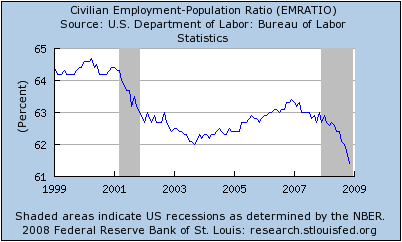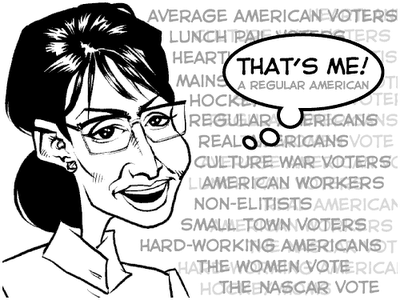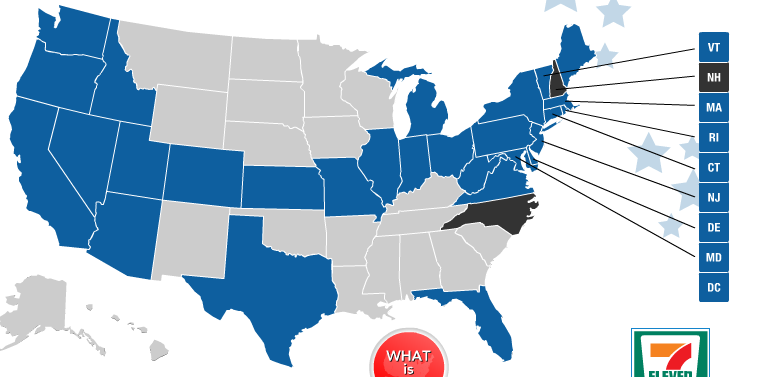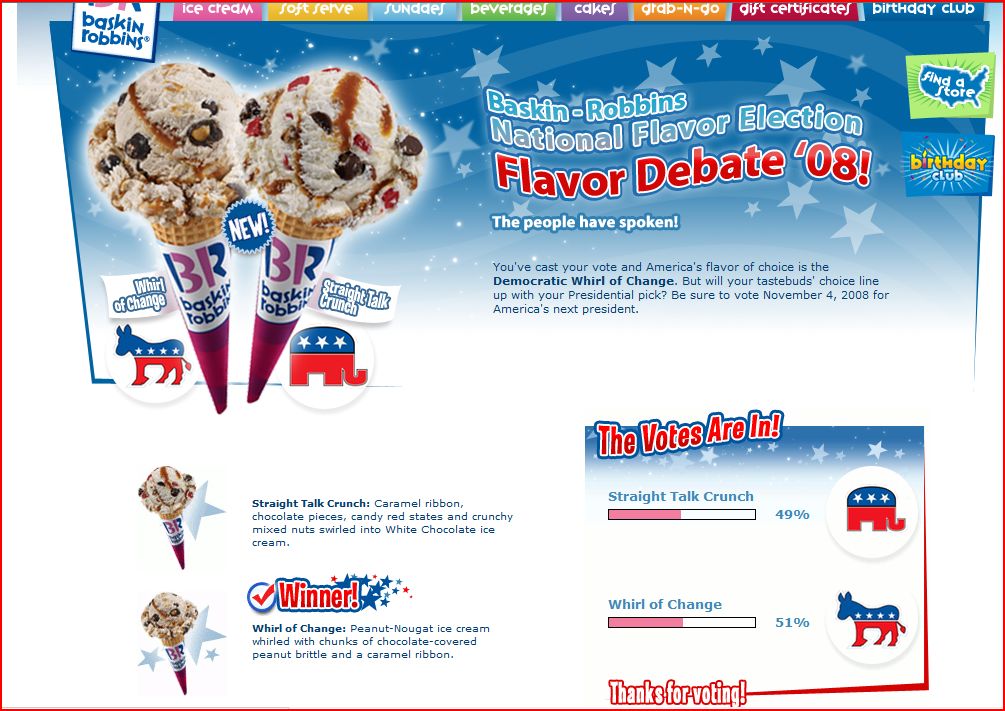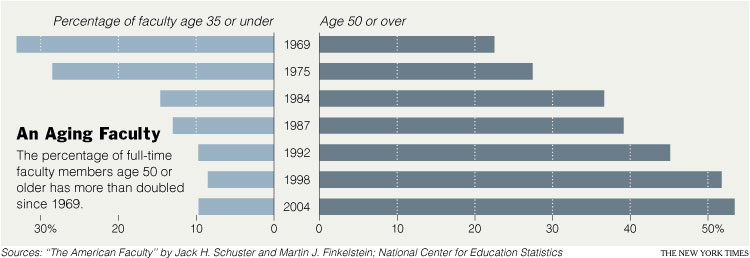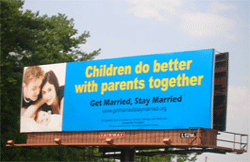 (Image found here.)
(Image found here.)
Ballgame at Feminist Critics writes:
The assertion, “children do better with parents together” could mean a number of different things, so let’s go through the possible ways the statement could be interpreted:
The notion that “Children ALWAYS do better with parents together” is almost certainly false. If one of the parents is abusive, it seems pretty non-controversial to assume that the kids would be better off with the non-abusive parent alone.
The notion that “Children SOMETIMES do better with parents together” is almost certainly true, but so banal and useless an observation that it’s not worth the expense of a billboard or worth discussing at any length.
That leaves “Children GENERALLY do better with parents together.” This, itself, has two entirely different meanings which are easily confused. Take 100 couples with children. Of those couples, 75 are (at the moment) happily married, while 25 have marital difficulties — some severe — and are on the brink of divorce. Let’s say 20 of the 25 couples actually go through with the divorce.
The notion that “Children GENERALLY do better with parents together” could be taken to mean that, out of the 100 families described above, children from the 80 non-divorcing families end up being mentally and emotionally healthier (as a group) than the children from the 20 divorcing families. That is very easy to believe. Indeed, there are any number of studies that show this, and these are the studies that are typically trotted out to misleadingly imply that divorce hurts children. In fact it’s just another rather banal observation that children from happy families do better than children from emotionally fraught ones, and hardly worth the price of a billboard. It’s almost like saying, “People with money are less likely to have difficulties making ends meet.”
But the other meaning of “Children GENERALLY do better with parents together” is quite different: namely, that the children in the 20 divorcing families would have been better off if those parents hadn’t gotten divorced. THAT notion is purely speculative as far as I know.
Via Alas.


